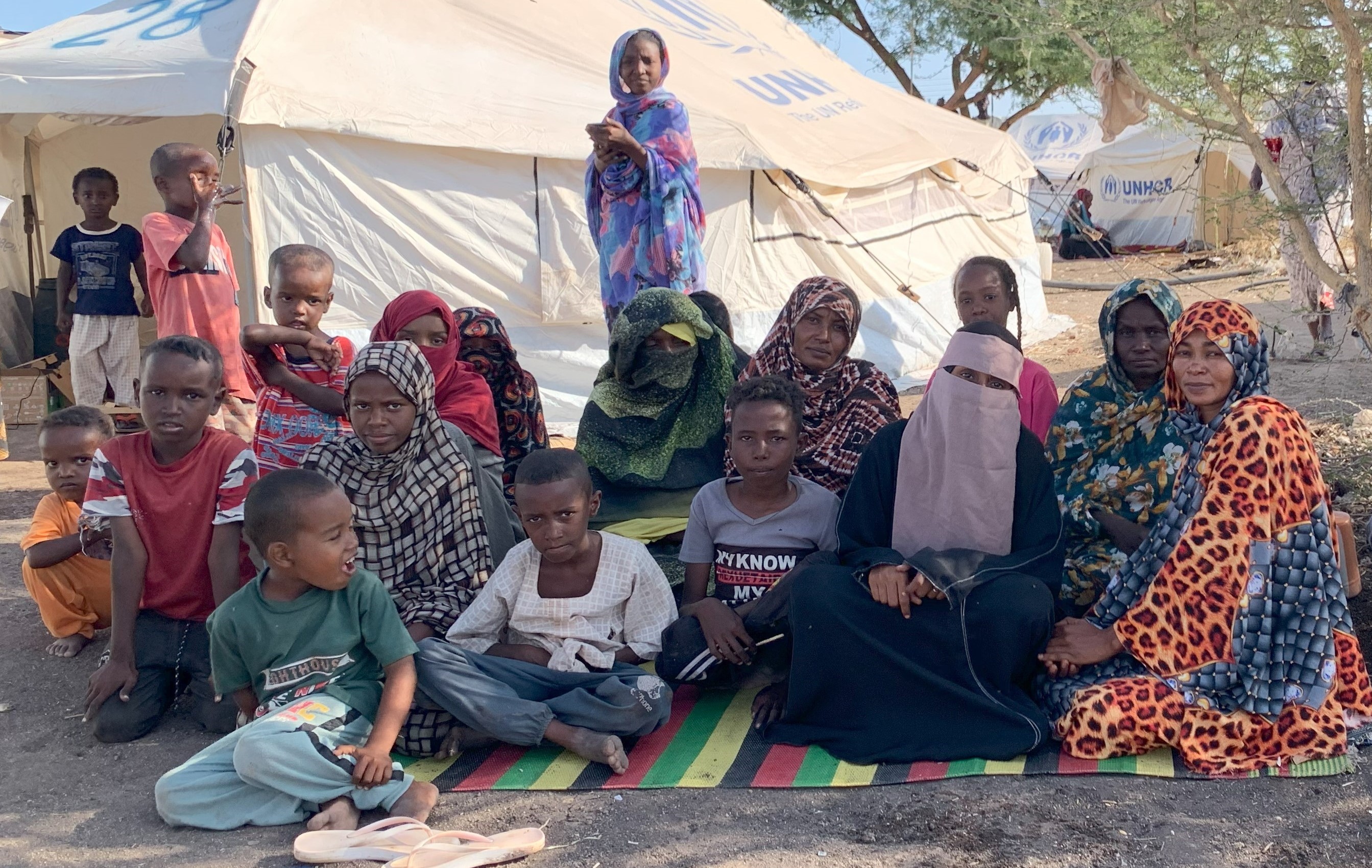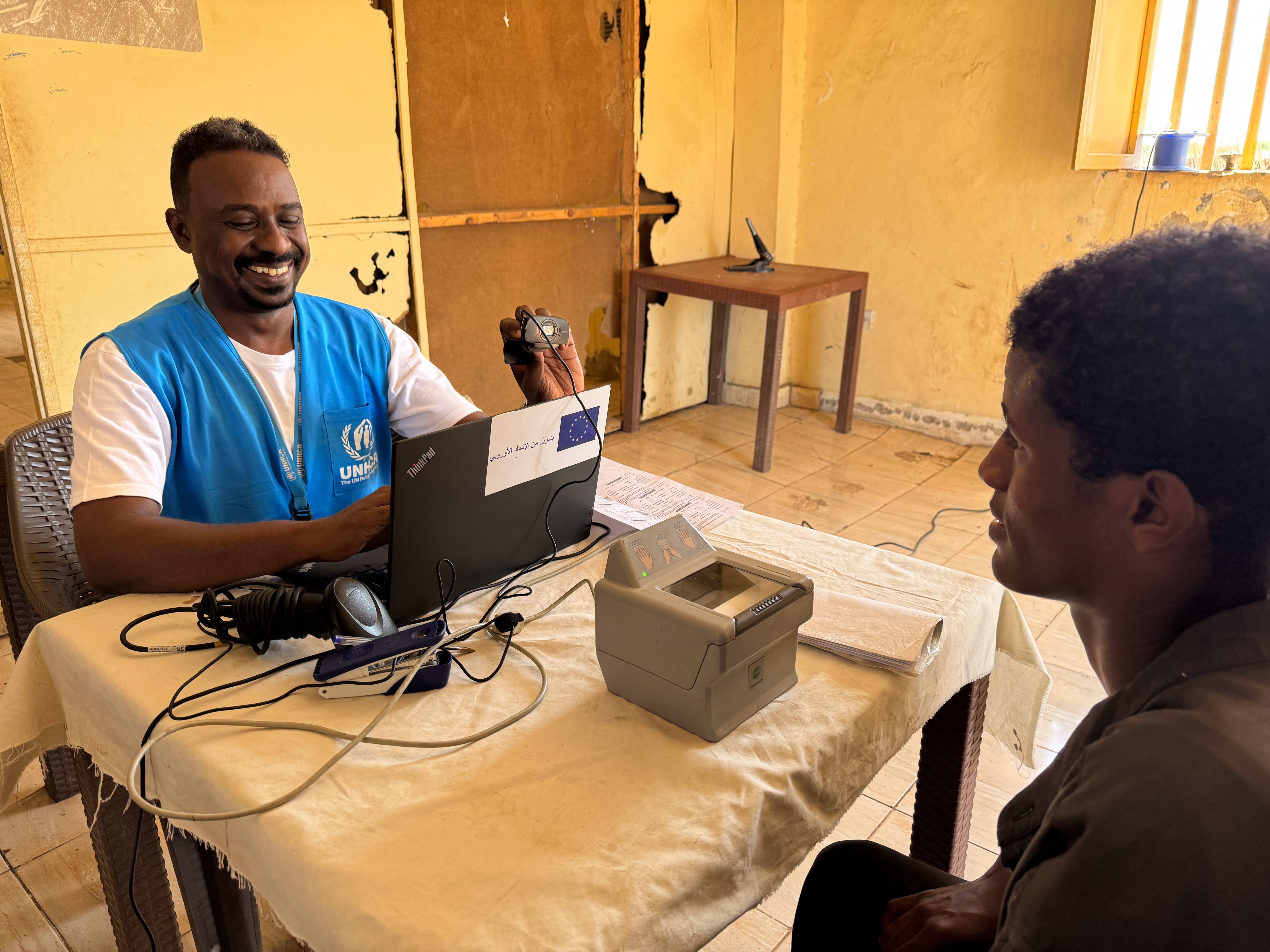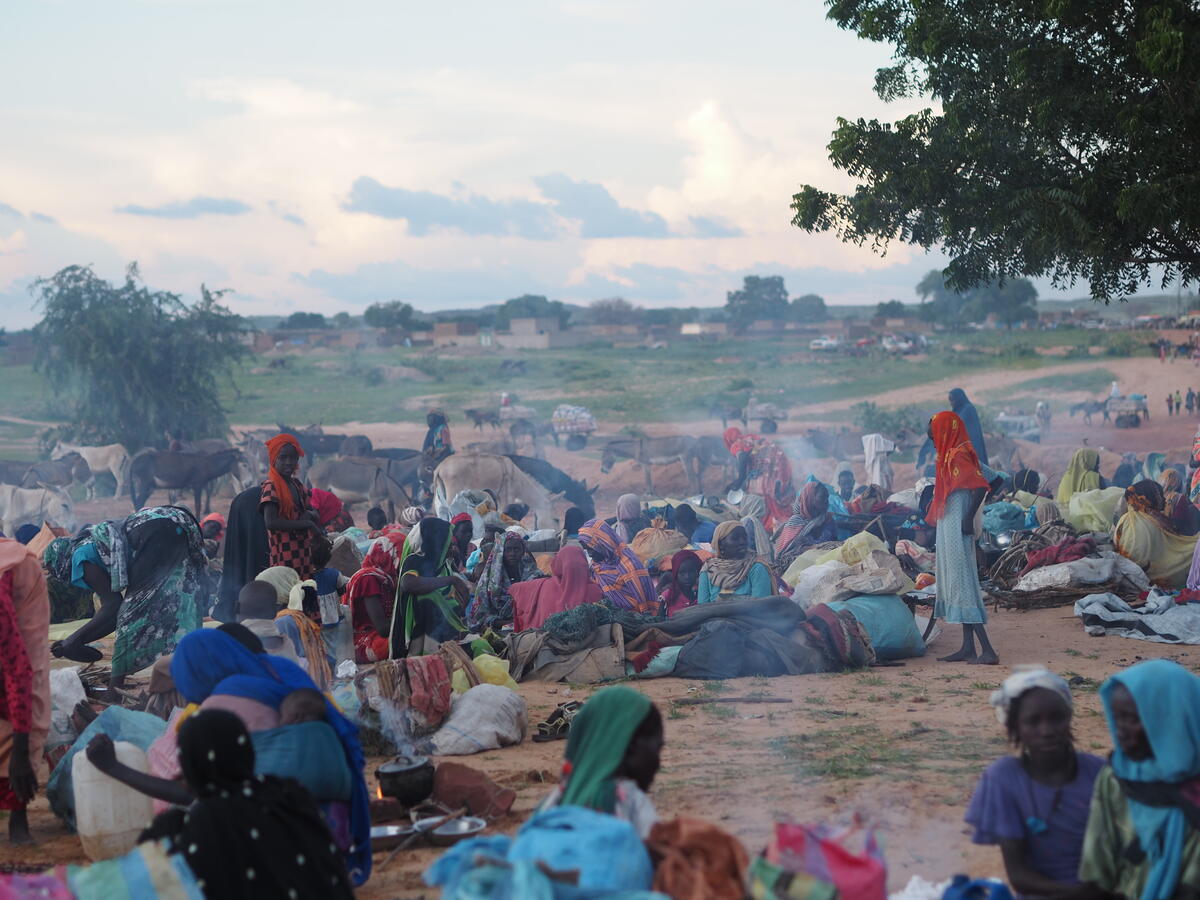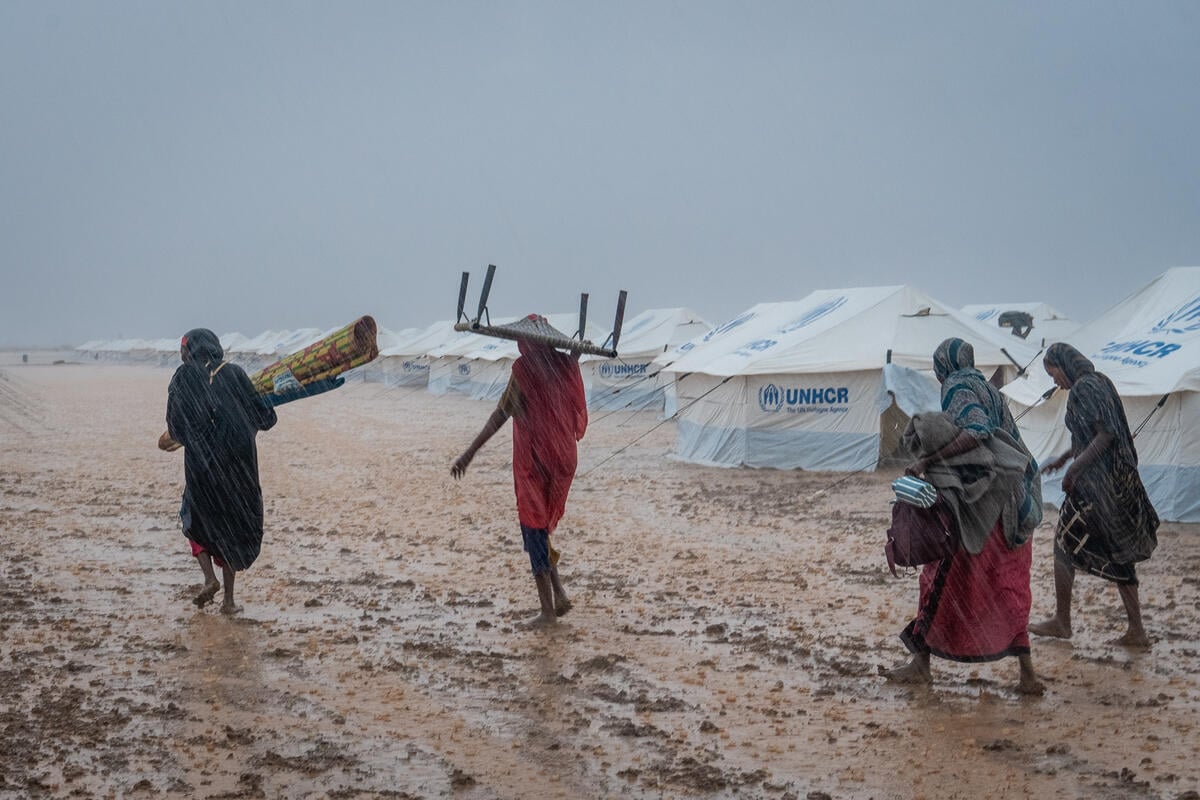Sudanese refugee leaders from Chad visit Darfur to assess return prospects

Sudanese refugee leaders from Chad visit Darfur to assess return prospects
Twenty-five Sudanese refugee leaders are returning to their home villages for the first time this week on go-and-see visits organised by UNHCR and its government counterparts in Chad and Sudan.
This follows the signing in May this year of a tri-partite agreement between UNHCR and the governments of Sudan and Chad outlining key considerations for return. Primary among these is an agreement by the three parties that return should be voluntary and that refugees have the right to return to their areas of origin in safety and with dignity.
UNHCR has welcomed the first official go-and-see visits as a positive steps towards laying the groundwork for more refugees to consider returning permanently.
“These visits are vital for refugees to see the situation in their villages, so that they make informed choices about returning”, said Elizabeth Tan, UNHCR’s Deputy Representative in Sudan. She added that UNHCR in Sudan and Chad will continue to have a dialogue with Sudanese refugees and local states in Darfur, in coordination with Sudan’s Commission for Refugees (COR), to help design supports for refugees interested in returning.
“The way forward requires that we assess and plan needs with refugees. The process must be sustainable and give people a real chance to re-establish their lives in Darfur in safe conditions that enable them to plan for their futures.”
For return to be sustainable, a secure environment with minimum basic services need to be in place, particularly because many villages were destroyed during the conflict in Darfur.
Haider Suleiman Gardia, a refugee representative who lives in Tolom refugee camp in Chad, expressed his hopes. “When I arrived in Sudan I fell into a deep dream, recalling my childhood days, playing with my friends around Haramba valley while grazing our goats. I heard that UNHCR constructed a beautiful school and water system in my village. I am looking forward to seeing these developments, and I hope that one day I can return home.”
Shelter, basic services, and security are among the key issues the refugee representatives have raised concerns about. UNHCR and partners have already begun providing shelter and basic service support in areas where refugees have returned spontaneously.
UNHCR estimates that 30,000 refugees may have returned permanently on their own since 2015. However many of the displaced only come back temporarily for seasonal farming due to remaining tensions in certain areas.
Darfur has witnessed in the last 5 years some spontaneous returns as the area gradually sees improvements in security in some areas, with the signing of a peace agreements, as well as the efforts of a peacekeeping mission led by the United Nations-African Union hybrid force.
In Chad, Sudanese refugees face dwindling humanitarian support, with cuts to food rations, and limited livelihood opportunities and access to land. There are also concerns about the language of instruction for their children’s education, some of the refugees on the go-and-visit said. Many see hope in a future where they can return to Sudan.
In 2003, conflict in Darfur led to the internal displacement of now more than 2 million people. Over 300,000 Sudanese refugees remain in Chad.









